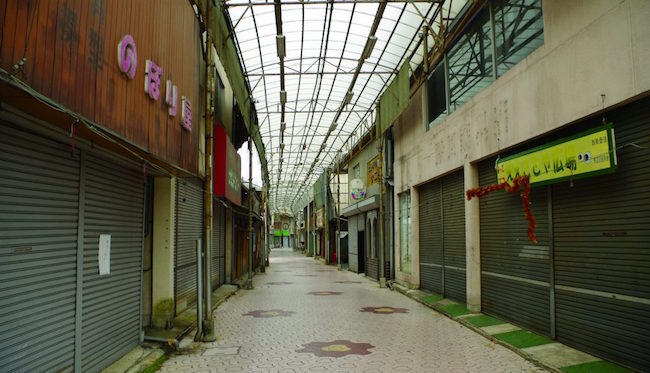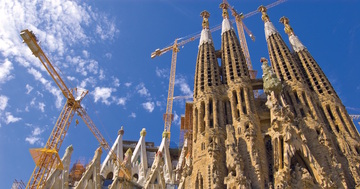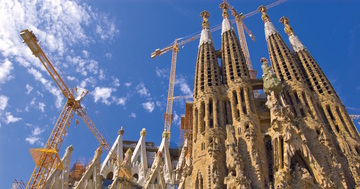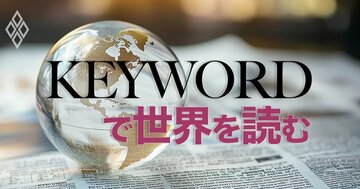 Nowadays, a whole street of closed shutters is not an uncommon sight. A local currency utilizing blockchains could be the key to local revitalization.
Nowadays, a whole street of closed shutters is not an uncommon sight. A local currency utilizing blockchains could be the key to local revitalization.
I spoke last time on how the Edo period was the precursor to the sharing economy of today. Eras seeming to cycle around again is something that often occurs in the world. Certainly, when seen from above, things seem to be circling around the same point, but when looked at from the side, they are actually spiraling upwards, taking us to a higher point each time. When I place myself in the world of technology, there are certainly times when I have felt that way.
One such time was when I realized the possibilities of blockchain technology. I felt strongly that it had a great potential for promoting public participation in social planning.
First of all, the characteristics of blockchains include the fact that the data concerning every single transaction is stored on an unspecified large number of computers around the world, and, since the data is encrypted, it is almost impossible to tamper with transaction records.
Since the kind of massive servers used by financial institutions are unnecessary, the processing and storing of transaction data can be carried out without incurring huge costs. This is also referred to as a “distributed ledger.” It makes it quite easy to verify transactions while maintaining security.







